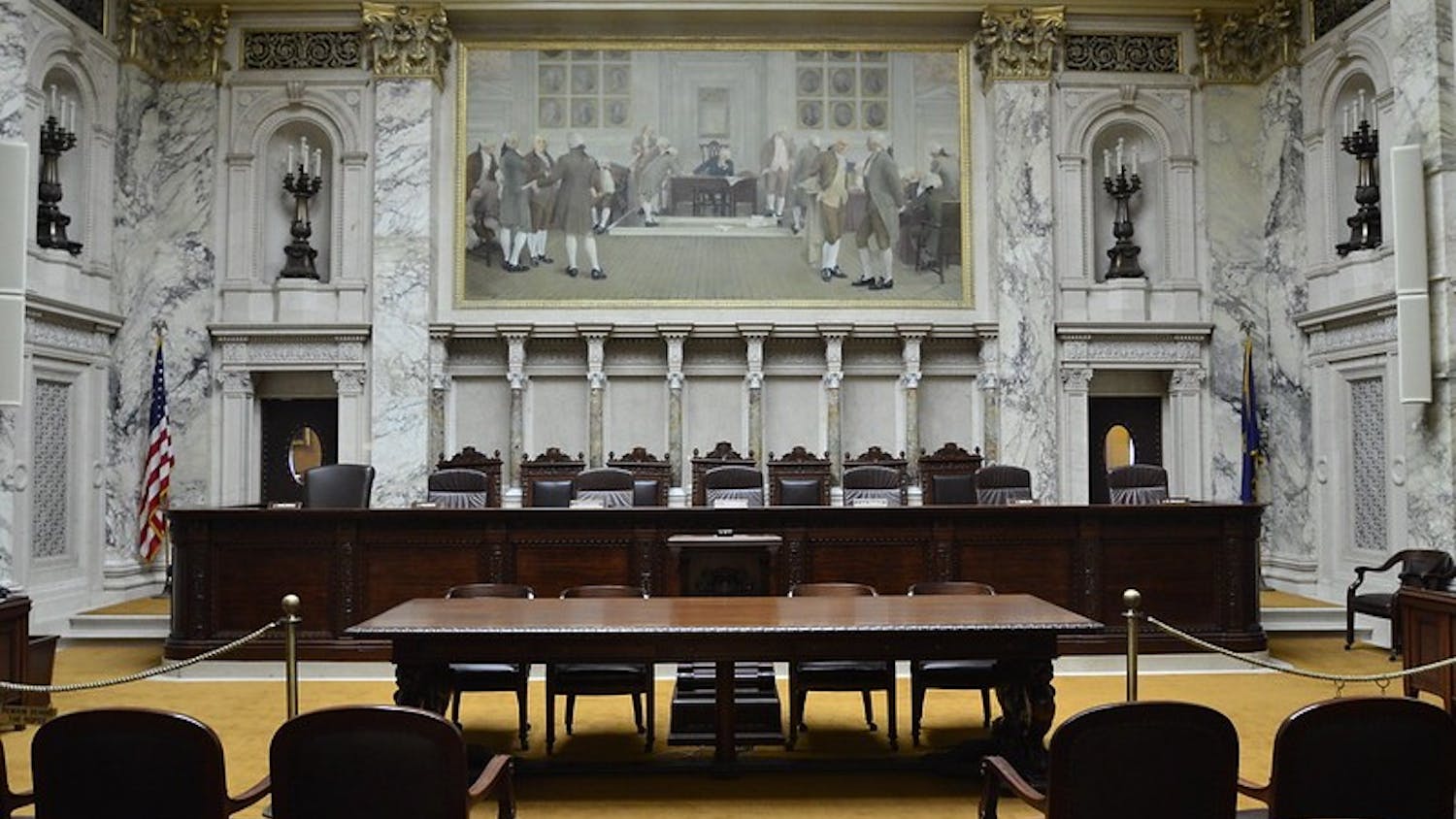Anyone who has a strong affinity for women with blue eyes and golden locks can thank the last ice age, according to a recent study in the journal Evolution and Human Behavior.
Peter Frost, who penned the study, theorized that the prevalence of blondes in northern and Eastern Europe was caused in part by a severe imbalance in the male to female ratio in prehistoric times.
Such an imbalance would have increased the pressures of sexual selection on early European women,\ Frost stated in the journal. ""One possible outcome is an unusual complex of color traits.""
Frost is a Canadian anthropologist currently affiliated with the University of St. Andrews in Scotland. According to his research, the last ice age was a particularly difficult era for our hunting and gathering
ancestors. Frozen tundra covered much of Europe, and males had to hunt ""highly mobile herbivores"" over large swaths of land. Tracking their prey was dangerous work and, as Frost wrote, there were ""no alternate food sources in case of failure.""
Frost said he believes that these inhospitable conditions resulted in high mortality rates for males. The cold weather made vegetation sparse, and the lack of opportunities for females to gather food further stretched the population thin. The few men that were left could barely provide for a single partner, much less the formerly common Neolithic harem.
As a result, Frost wrote that traits such as lighter hair color and blue eyes would have held more allure for prehistoric men, since all other women would have had brown hair and darker eyes.
According to an article in The London Times, other research supports Frost's claims. For example, some recent studies have suggested that blond hair is a sign of a woman having high estrogen levels, traditionally a sign of fertility.
In addition, new research by several Japanese universities has traced the initial genetic mutation that led to blond hair back 11,000 years, which was approximately the time of the last ice age.
However, there are many skeptics of Frost's theory. One is Dr. John Hawks, an assistant anthropology professor at UW-Madison. In an e-mailed response to questions about Frost's study, Hawks said hypotheses based on sexual selection are difficult to test. He said that such theories can ""be made to explain anything.""
Hawks used the example of the changing exterior of cars throughout history. ""Why did they have tail fins in the '50s,"" he asked. ""Why did they have big bird paintings on the hood in the '70s?"" In both cases, Hawks said, sexual selection theories would simply answer with, ""to attract girls.""
According to Hawks, there is one ""pretty obvious criticism"" of Frost's article. ""If mortality was very high in males, and females really couldn't raise their children without a male's investment,"" Hawks said, ""then it is hard to imagine how the population could have been growing. But the northern European population was growing [at that time].""
Hawks said that hair and eye color has also been linked to skin color, which could help account for the rise of blondes in Europe, since that area has a higher concentration of fair-skinned inhabitants than the rest of the world.
However, Hawks mentioned that other high latitude countries, like Japan, don't boast blond-haired, blue-eyed populations. Nevertheless, he would rather rule out all possible causes of the blonde phenomenon before relying on a theory of sexual selection.
\





